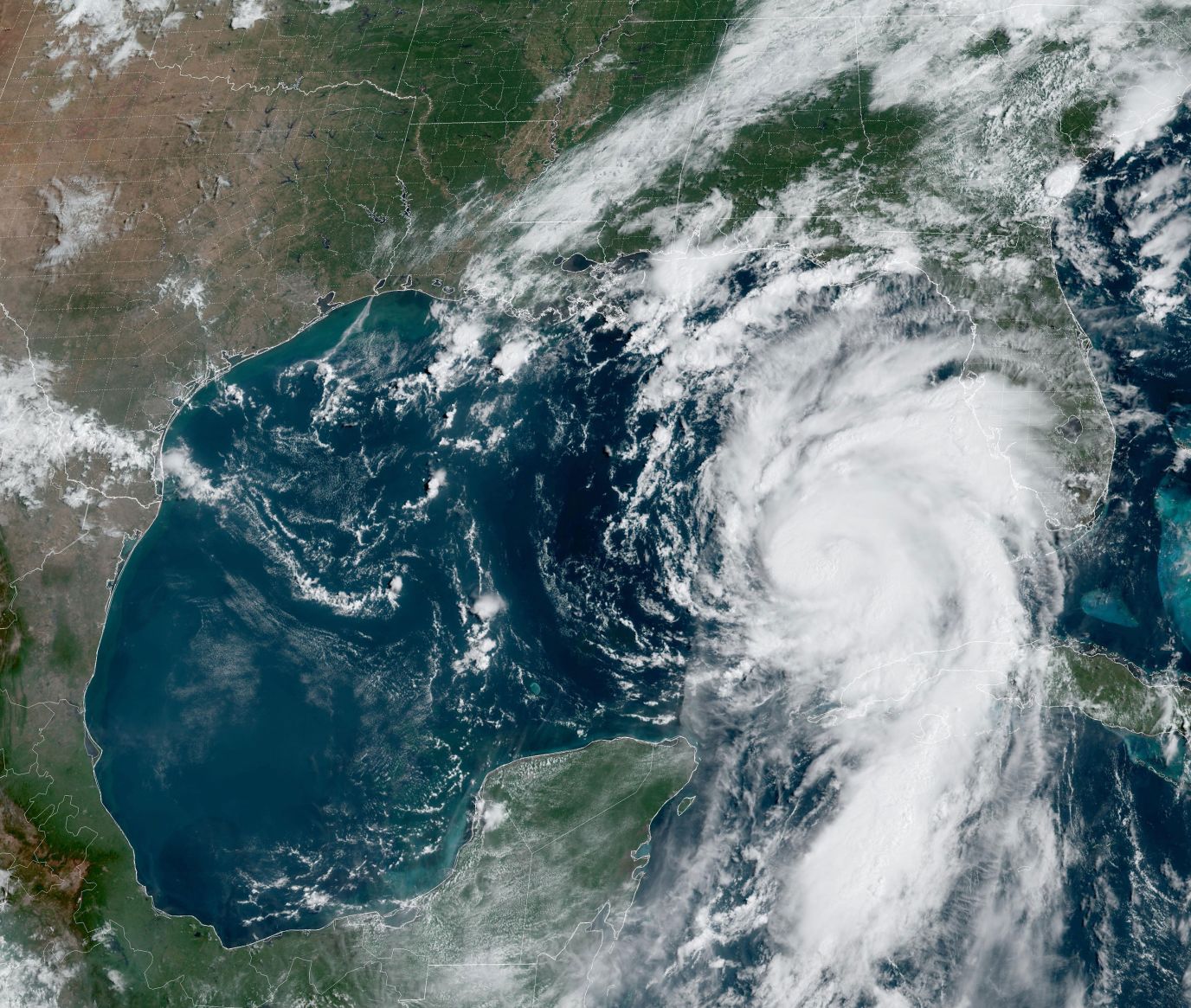FCC Modifies UWB Rules
In an Order released last week, the FCC modified the procedures to be used when measuring radiated emissions from ultra-wideband (UWB) devices. Under the previous rules, emission measurements of average radiated emissions from UWB systems using modulation employing frequency hop, frequency sweep or stepped frequency techniques had to be done with the hop, sweep or step function disabled. This requirement put systems using multi-band OFDM at a disadvantage compared to the direct sequence UWB communications systems pioneered by XtremeSpectrum and built by Freescale Semiconductor.
In response to a Petition for Waiver filed by the Multi-Band OFDM Special Alliance Group (MBOA-SIG), after studying the interference potential from these devices, and after evaluating comments from interested parties (manufacturers, spectrum users, industry associations, etc.) the FCC waived the UWB measurement procedures that required the hop, step or sequenced functions be stopped before emission levels are measured. The FCC also removed the requirement that UWB devices employing gating be measured with the emission gated on. The FCC did not waive this rule for systems employing swept frequency modulation.
Cingular Wireless, the Coalition of C-band Constituents, the Satellite Industry Association, Freescale and decaWave opposed the waiver, expressing concerns about greater interference. Studies by NTIA showed RMS emission levels are proportional to the measured bandwidth and the spectral power density, irrespective of pulse rate or modulation. MBOA-SIG members conducted tests with devices using the MB-OFDM format showing "there is no greater interference potential from an MB-OFDM UWB waveform than from an impulse-generated UWB waveform, even when compliance with the emission limits is demonstrated with the frequency hop or step function active."
The Order said, "While the comments argue this issue based on different criteria, it is clear from the measurement and analyses results that the interference potential of the MBOFDM format, based on compliance with the rules being demonstrated with the frequency hop active, is no greater, if not less, than that of an impulse UWB emission. These results are consistent with the theory, as stated by NTIA, that RMS measured emission levels are proportional to the measured bandwidth and the spectral power density, irrespective of pulse rate or modulation. Indeed, an integrated RMS measurement provides true average power readings, even for non-continuous signals such as frequency hopped UWB waveforms."
UWB devices certified under the waiver procedures must not have fundamental emissions in the 5030-5640 MHz band (used for airport landing systems and Doppler radar). If a UWB system can operate in different modes, emission levels have to be measured under all possible operating conditions. The waiver does not apply to measurements to determine UWB bandwidth or classification of the device as a UWB transmitter. The FCC stated, "The measurement of the average and peak emission levels for hopped, stepped, sequenced or gated systems shall be performed with the equipment operating in its normal mode and shall be repeated over multiple sweeps with the analyzer set for maximum hold until the amplitude stabilizes."
MB-OFDM is at the basis of proposals for wireless USB and wireless Firewire links. See my article Firewire goes Wireless in RF Report for May 18, 2004 for more information on the technology. For a summary of the Order, refer to the FCC News Release FCC Adopts Waiver of its Emission Measurement Procedures for Ultra-Wideband Transmission Systems.
The professional video industry's #1 source for news, trends and product and tech information. Sign up below.
